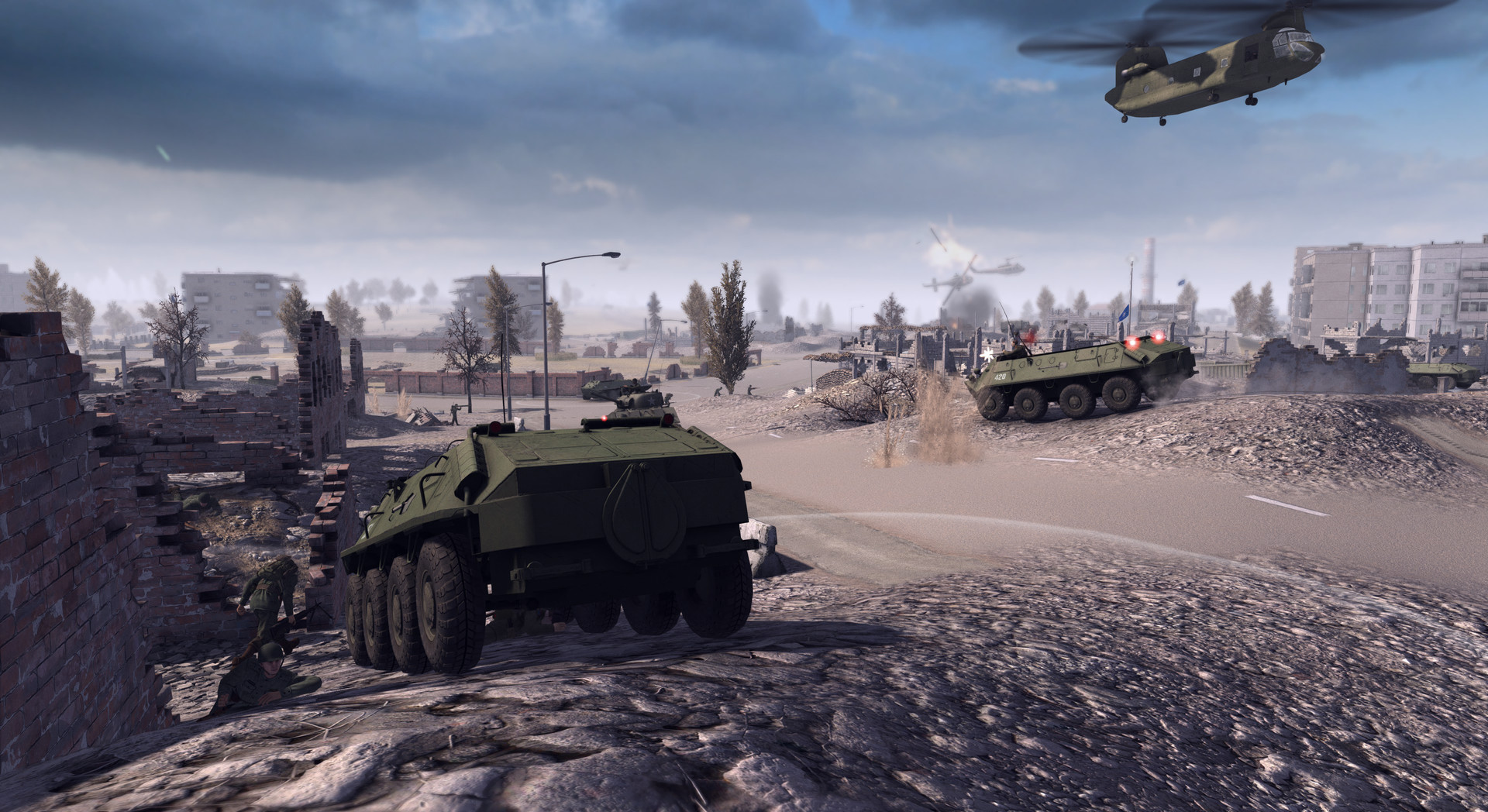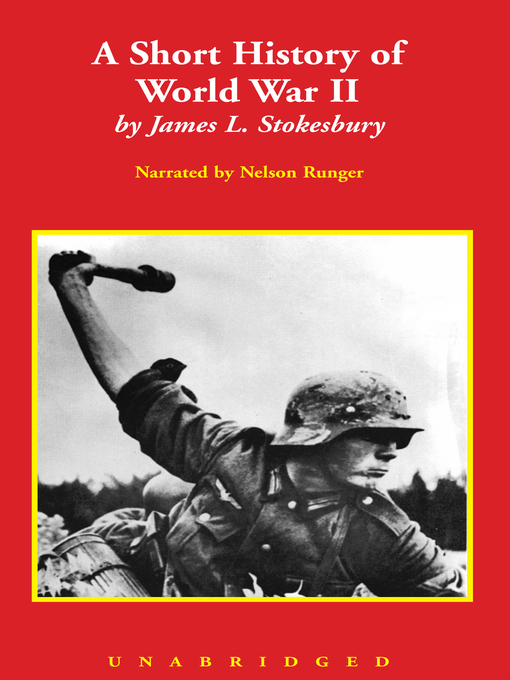



It was not published in his lifetime due to the poor initial sales of “Mein Kampf.” The first English translations of “The Zweites Buch” did not appear until 1962 and was published under the title “Hitler's Secret Book.” Hitler’s second book, “The Zweites Buch,” was written in 1928 and contained his thoughts on foreign policy. By 1940, it had sold some 6 million copies there. It sold modestly at first, but with Hitler’s rise it became Germany’s best-selling book after the Bible. Hitler would finish the second volume of "Mein Kampf" after his release, while relaxing in the mountain village of Berchtesgaden. In it, Hitler expanded on the nationalistic, anti-Semitic views he had begun to develop in Vienna in his early twenties, and laid out plans for the Germany-and the world-he sought to create when he came to power. During this period, he began to dictate the book that would become " Mein Kampf" (“My Struggle”), the first volume of which was published in 1925. Tried for treason, Hitler was sentenced to five years in prison, but would serve only nine months in the relative comfort of Landsberg Castle. Even though it failed spectacularly, the Beer Hall Putsch established Hitler as a national figure, and (in the eyes of many) a hero of right-wing nationalism. Hitler fled quickly, but he and other rebel leaders were later arrested. Wielding a revolver, Hitler proclaimed the beginning of a national revolution and led marchers to the center of Munich, where they got into a gun battle with police. On the evening of November 8, 1923, members of the SA and others forced their way into a large beer hall where another right-wing leader was addressing the crowd.

Many dissatisfied former army officers in Munich would join the Nazis, notably Ernst Röhm, who recruited the “strong arm” squads-known as the Sturmabteilung (SA)-which Hitler used to protect party meetings and attack opponents. In one of Hitler’s strokes of propaganda genius, the newly renamed National Socialist German Workers Party, or Nazi Party, adopted a version of the swastika-an ancient sacred symbol of Hinduism, Jainism and Buddhism-as its emblem. Printed in a white circle on a red background, Hitler’s swastika would take on terrifying symbolic power in the years to come.īy the end of 1921, Hitler led the growing Nazi Party, capitalizing on widespread discontent with the Weimar Republic and the punishing terms of the Versailles Treaty. His skilled oratory and charismatic energy helped propel him in the party’s ranks, and in 1920 he left the army and took charge of its propaganda efforts. Like many Germans, Hitler came to believe the country’s devastating defeat could be attributed not to the Allies, but to insufficiently patriotic “traitors” at home-a myth that would undermine the post-war Weimar Republic and set the stage for Hitler’s rise.Īfter Hitler returned to Munich in late 1918, he joined the small German Workers’ Party, which aimed to unite the interests of the working class with a strong German nationalism. A month later, he was recuperating in a hospital at Pasewalk, northeast of Berlin, when news arrived of the armistice and Germany’s defeat in World War I. Hitler was wounded twice during the conflict: He was hit in the leg during the Battle of the Somme in 1916, and temporarily blinded by a British gas attack near Ypres in 1918. When World War I broke out the following summer, he successfully petitioned the Bavarian king to be allowed to volunteer in a reserve infantry regiment.ĭeployed in October 1914 to Belgium, Hitler served throughout the Great War and won two decorations for bravery, including the rare Iron Cross First Class, which he wore to the end of his life. In 1913, Hitler moved to Munich, in the German state of Bavaria.


 0 kommentar(er)
0 kommentar(er)
